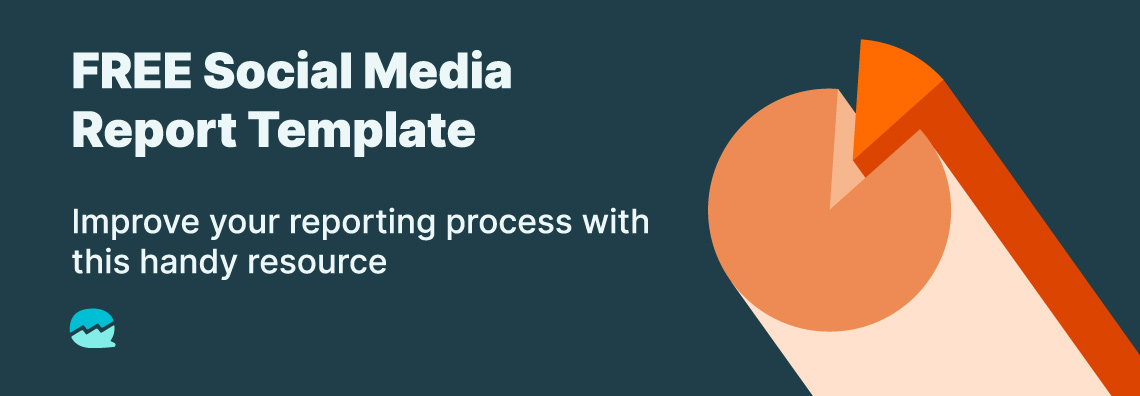
Data is driving the world forward at a staggering pace. It is being collected and stored at great speed, with the information being used to make important decisions in both the private and public sectors. As our society increasingly becomes digitally centered, collecting and accurately analyzing data will be integral to society.
However, one of the biggest strains in the ability to interpret data accurately is the preponderance of poor data. Low-quality data can lead to incorrect conclusions, waste time and resources, and even cause leaders to make bad decisions within their organizations. Sifting through data and eliminating poor-quality data with accuracy is key to effective data analysis.
Data quality issues harm many businesses and lead to a huge loss of revenue every year. In this article, we will discuss how poor data quality can pose a risk to your business through loss of profits, missed opportunities as well as reputational damage, leading to potential compliance nightmares and misinformed decisions fueled by bad data.
The most common data quality issues
What exactly is low-quality data?
Low-quality data refers to any data that hinders an organization’s ability to connect with its customers or provide accurate forecasts. The most common low-quality data problem is incorrect data: information that is outdated, misspelled, miscategorized, or inaccurate.
Another example of bad data is duplicate data, especially when that duplicate data causes doubled efforts or is counted multiple times on separate instances.
Another common example of low-quality data is incomplete data: essentially rubbish data that just wastes time, money, and storage space. Inconsistent formats or patterns and missing dependencies can also affect the accuracy of data analysis tools.
The risks of bad data
First, let’s define the importance of high-quality data. Good data can help us learn more about what our customers want. It can help us better understand their pain points so we can optimize a product or service. Good data can give insight into what budgets consumers are working with and how best to introduce them to a product or service. Poor quality data, on the other hand, can put customer data analytics at risk and contribute to customer churn.
Poor data quality can hurt your business through loss of profits, missed opportunities as well as reputational damage. It can also potentially lead to compliance issues and cause companies to make misinformed decisions fueled by bad data.
Lost profits
Poor data loses organizations an average of $15 million per year. As businesses grow more operationally dependent on systems and algorithms, high-quality data will become even more important.
Companies can lose profits by allowing their sales teams to waste time on bad leads generated by low-quality data. They risk losing contact with their customers through inaccurate customer details and contact information. Marketing departments can launch costly, failed marketing campaigns targeting the wrong demographics due to bad data. Companies can be taken by surprise by their revenue forecasts, which can be wildly inaccurate if derived with inaccurate financial data sets.
For example, many companies give clients 30 days to complete their payments after being invoiced. However, inaccurate or incomplete customer contact information can slow down the accounting process and push back payments. This is a small-scale example, but bad data can also lead to more serious issues.
Consider the Mars Orbiter. It was a spacecraft designed to run tests and take samples on Mars, costing the US government $125 million to complete. The orbiter successfully launched, and millions of science aficionados eagerly awaited its discoveries. However, the Mars Orbiter failed to take a single test because it flew off course and disintegrated into the atmosphere.
Data from the Mars Orbiter was powered using the imperial system; however, it was meant to be converted to the metric system by the installed software. This simple, small data mistake led to a massive and expensive failure for NASA. According to IBM, poor-quality data costs the US alone $3.1 trillion annually.
Misinformed decisions
Insights are only as good at the data that are fueling them. Data is used to forecast the future but can give inaccurate projections when the data is poor quality. This can lead to financially catastrophic decisions and becomes more common with companies that deal with large data sets.
Many social media companies, for example, rely on data about their users to effectively market to them. Marketing studies show that personalization is key to attracting new audiences for your product or service. But poor quality data can give you a hazy or incomplete view of your customer demographic and bog down marketing campaigns.
Facebook, for example, obtains an estimated 97.6% of its revenue through advertisers. The social media juggernaut once boasted to its customers that it reached an audience of 41 million Americans between the ages of 18-24, a prime demographic for many companies.
However, the US Census Bureau confirmed that the entire population of this young demographic is only 31 million. As a result, Facebook had to contend with a class-action lawsuit from its advertisers claiming that bad data caused the social media company to exaggerate its influence.
Reputational damage
Bad decisions and wasted time caused by poor-quality data can damage the reputation of a business. Often, a damaged reputation can be worse than financial damage and more time-consuming to correct. Inaccurate product and customer information affect your integrity and reliability. Many of these inaccuracies can be tracked down to poor-quality data.
The inability to accurately organize, identify and protect your data can lead to issues with PCI compliance and other legal requirements surrounding data handling. Companies must protect customer data in line with local laws such as GDPR, HIPAA, CCPA, etc., depending on their location and scope. Companies that violate data compliance laws hurt their reputation with local authorities and their customers, subjecting them to heightened scrutiny on both sides.
For example, many companies in the finance sector must comply with anti-money laundering regulations, such as the Know Your Customer law. This law requires financial companies to gather customer data before servicing their transactions. This is meant to ensure that they are not fraudsters, money launderers, terrorists, criminals, or hostile foreign governments. Inaccurate, incomplete, or unfiled customer data can easily lead to a compliance nightmare in this scenario.
Missed opportunities
More subtle and harder to quantify, but still harmful, are the missed opportunities that arise from bad data. Identifying and acting on the wrong leads, being unable to pre-qualify leads, and the inability to identify potential prospects all hurt a growing business.
For example, sales teams can waste valuable time by reaching out to the same lead twice due to duplicate data. This makes your company look less professional to the potential customer. It also means your sales team is wasting time and money on the wrong leads when time is of the essence when prospecting.
Bad data can lead companies to inaccurately analyze product feedback, hindering their ability to proactively improve their offerings and address problems. It can also cause your marketing efforts to be presented to the wrong type of consumers.
Personalized marketing for your customer demographic may not be as effective with bad data. Poor data can affect your social media data analysis and result in less-than-stellar results for your marketing campaigns.
After all, it is the ability to understand your customers and their behaviors that is essential to marketing success. Locating and communicating with the right customers is key whether you are a legacy corporation, a small LLC, or a startup company. Limited or poor-quality data can easily stop a company in its tracks, stunting growth by failing to identify and quickly act upon future opportunities.
Wasted effort and time
Low-quality data can destroy morale among operational, sales, and marketing teams, as they spend fruitless hours searching for new opportunities, all in vain. It can even cause your team to lose faith in your company’s leadership. Furthermore, manually identifying and correcting bad data is time-consuming and tedious.
The more time that is spent on gathering, preparing, and cleaning data, the less time is spent on analysis and discovery. Bad data hampers our ability to be proactive when there is a potential problem. It weighs down organizations with doubt and dulls your competitive edge by wasting time focusing on false problems or opportunities created by bad data.
Conclusion
Organizations should have strictly enforced policies surrounding data quality measures and communicate to employees why accurate data is so important. Data will be crucial in the future, but the biggest threat to its usefulness is inaccurate data. Bad data can distract companies with false conclusions or, worse, lead them to a compliance battle with a hefty price tag.
Investing in ways to automate or streamline data collection can pay off in a huge way. When your data can provide reliable conclusions, your company can find the right direction and gain momentum.
Companies with high-quality data can jump on new trends quicker than the competition and act swiftly in the event of an arising problem or a massive new opportunity. Prioritizing the collection of high-quality data can give your company a big advantage over the competition. Most importantly, good data provides peace of mind among leadership, as decisions are made quickly, confidently, and not bogged down by doubt!



Join the conversation. Leave us a comment below!